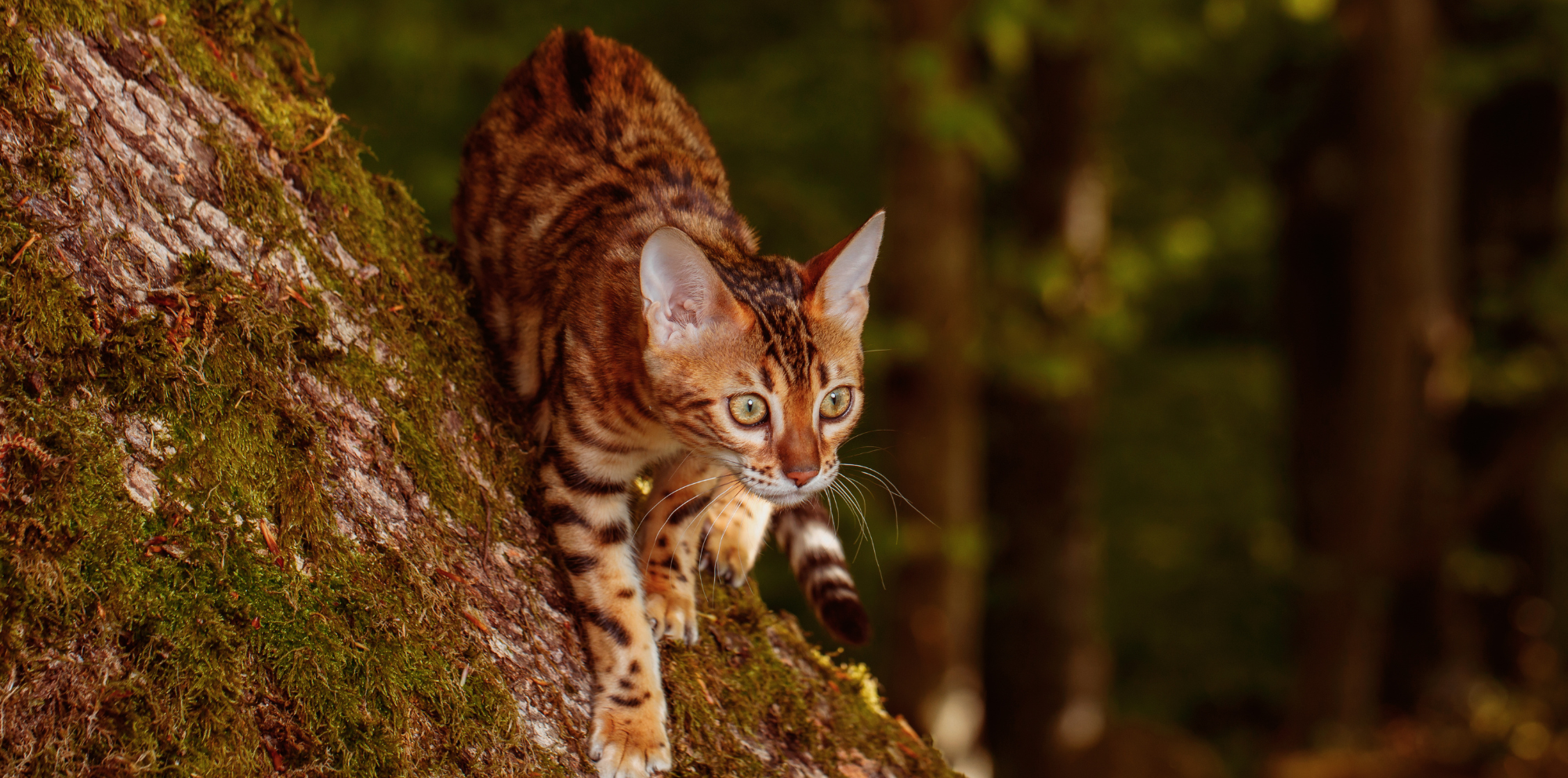

Basic nutritional needs of cats
The most important dietary component – meat
Cats are naturally obligate carnivores, so the most important part of a cat's diet will always be meat. You can read more about the reasons why cats need food with a high meat content in this article .
Carbohydrates in food
Before buying food for your cat, always read the ingredients carefully. Make sure that the food does not have a high carbohydrate content, a lot of cereals - corn, etc. Cats have a low tolerance for carbohydrates, because naturally they are practically not included in their diet. Too high a carbohydrate content contributes to obesity, and can also stimulate the development of diabetes and other diseases.
Regularity and quantity of meals
Cats are adapted to frequent, small meals. An adult, healthy cat should be fed an average of 2-3 times a day (but the optimal feeding frequency will also be influenced by the cat's age and health).
If your cat is not overweight and does not eat all of its food at once, you can leave the entire daily ration in the bowl and let your cat choose the frequency of meals. However, if your cat is overweight and/or tends to eat all of the food quickly, it is better to feed your cat several times a day in smaller portions.
Regardless of which feeding method you choose, make sure that your cat is provided with the right amount of food for their weight, physical condition, and activity level. Overweight cats are a very common problem today, which can lead to various health problems.
Water
Cats often do not drink enough water. This can lead to serious urinary tract and other health problems. If you feed your cat dry food, you can increase the amount of fluid you get by including wet food or canned food in your cat's diet.
Always make sure that the bowl has fresh, clean water – most cats will not drink stale water! If your cat does not like to drink water, you can try changing the location of the water bowl. For example, place it further away from the food bowl, as many cats do not like to drink water that has food debris in it, which we cannot visually notice. You can also try placing several water bowls in different places in the house or buy a special water fountain for cats (especially if you have noticed that your cat likes to drink from a running tap).
If you notice that your cat has suddenly started drinking significantly more or less water, be sure to consult a veterinarian, as the changes may be related to health problems.
The article was written with the advice of veterinarian Anna Dace Blumberga.


